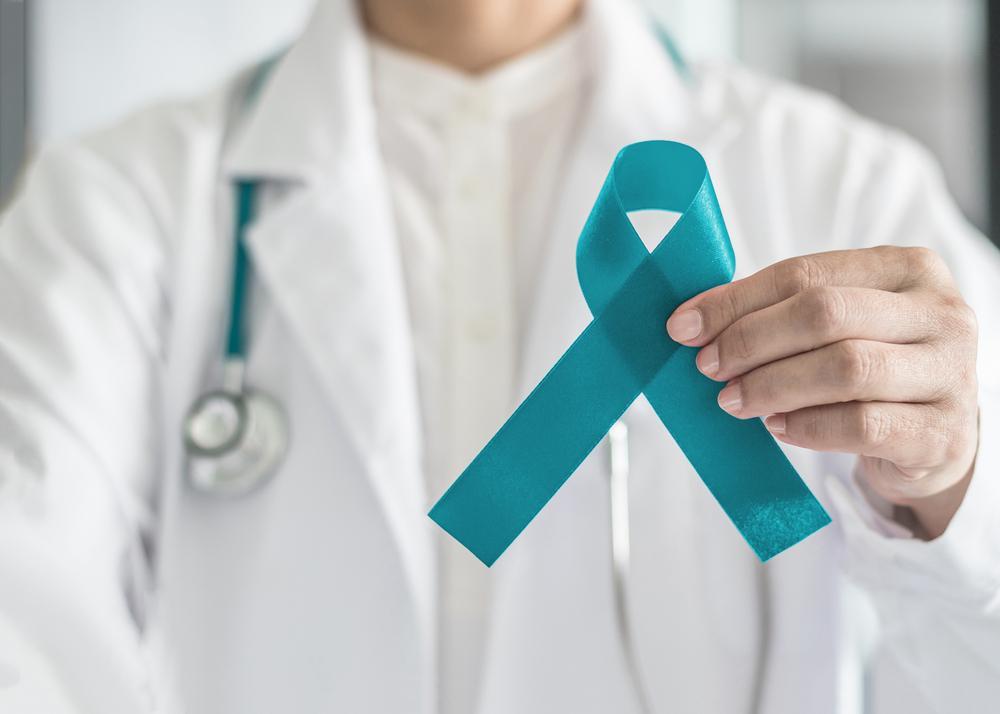
Cervical Health Awareness Month: What to Know
January is Cervical Health Awareness Month, dedicated to raising awareness about how women can protect themselves against HPV (human papillomavirus) and cervical cancer.
Attention to cervical health is crucial. Nearly 80 million Americans – roughly half of whom are women – are infected with HPV, the virus that causes cervical cancer. Here is what women need to know in order to protect themselves against HPV and cervical cancer.
What is HPV?
HPV is the most common sexually transmitted disease. In fact, most sexually active people contract HPV at one point or another in their lives.
Similar to the common cold, HPV has over 200 different strains. The virus is typically spread through skin-to-skin sexual contact. HPV is generally harmless and goes away on its own, and oftentimes there are no symptoms at all.
However, some types of high-risk HPV can lead to cervical cancer if left untreated. That’s why it is important to be tested for HPV as well as protect yourself against the virus.
How to test for and prevent HPV
For women, HPV tests are done two ways: through a pap test or an HPV DNA test (HPV test).
A pap test screens for cervical cancer. Usually, women first discover they have HPV when a routine pap test returns abnormal results.
An HPV test is similar to a pap test, but checks the cervical area for the HPV virus itself rather than cancer cells.
How often your doctor recommends you get an HPV test, or a pap test, will depend on several factors like age, medical history and other risk factors. Here are some general points you should know about the testing and prevention of HPV:
- The HPV vaccine – administered in a series of two – works extremely well to prevent the infection and spread of the virus. It can be given as early as age 9 through age 26. It’s recommended that all boys and girls get the vaccine by 11 years old. This is because for the vaccine to be most effective, it should be given prior to exposure to HPV, long before sexual activity occurs.
- Testing positive for HPV does not mean that you have, or will develop, cervical cancer. It only means that you have one strain of the virus.
- Women age 21 or older, or once they become sexually active, should have regular pap testing every three years to screen for cervical cancer.
- Women age 30-65 may have both an HPV test and a pap test done at the same time every 3-5 years.
- Condoms greatly reduce the chances you will become infected with HPV.
- There is no cure for HPV, but its related health issues – such as genital warts – can be treated with medication. Your doctor can also advise you on other lifestyle changes that will help the virus go away faster.
Cervical Cancer Testing and Treatment
Since cervical cancer is caused by high-risk types of HPV, getting vaccinated and tested regularly for HPV and cervical cancer are the best ways to protect yourself against developing the disease.
Cervical cancer takes years to manifest. The early stage of the disease is called “dysplasia.” This is the period before changes in the cells have turned into full-blown cancer.
HPV tests and cervical cancer screenings can ensure that these abnormal changes are found and treated in the dysplasia stage, which prevents cervical cancer entirely.
Once cervical cancer does develop, the first signs are:
- Heavier than normal periods
- Abnormal vaginal spotting, bleeding or discharge
- Bleeding after intercourse
If your doctor suspects you have cervical cancer, he or she will begin by performing a colposcopy. This thorough examination of your cervix includes a biopsy or curettage to collect tissue samples.
In the event that you are diagnosed with cervical cancer, do not despair – it is highly treatable. Depending on the stage of the illness, your doctor may recommend any of the following treatment options:
- Surgery. The most common treatment for early-stage cervical cancer removes the tumor or infected tissue through a surgical procedure.
- Radiation. In some cases, radiation may be given before or after surgery, to either shrink the tumor prior to removal, or to kill any remaining cancer cells in the area post-surgery.
- Chemotherapy. If cervical cancer has spread to surrounding areas, chemotherapy can may be used in conjunction with targeted radiation to remove the cells.
- Immunotherapy. Medicine that stimulates your immune system to recognize and destroy cancer cells on its own can be used in certain stages of cervical cancer too.
This January, take part in Cervical Health Awareness month by scheduling an appointment with your doctor for your next cervical cancer screening to protect your health and longevity.

Join our Senior Wellness Society for the latest news on Medicare and tips for healthy living in San Diego!
Sign up now ›Are you looking for specialized medical care in San Diego?
Our directory has more than 850 doctors in San Diego County of various specialties who are available to help you.
Find a doctor